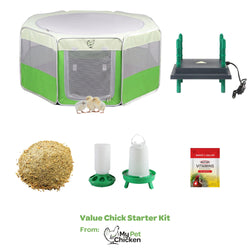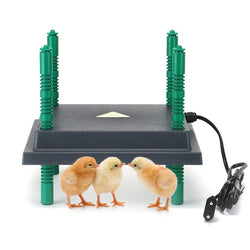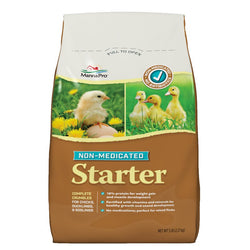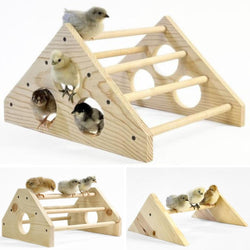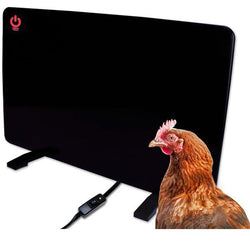How to Tell a Rooster from a Hen.
Back to blog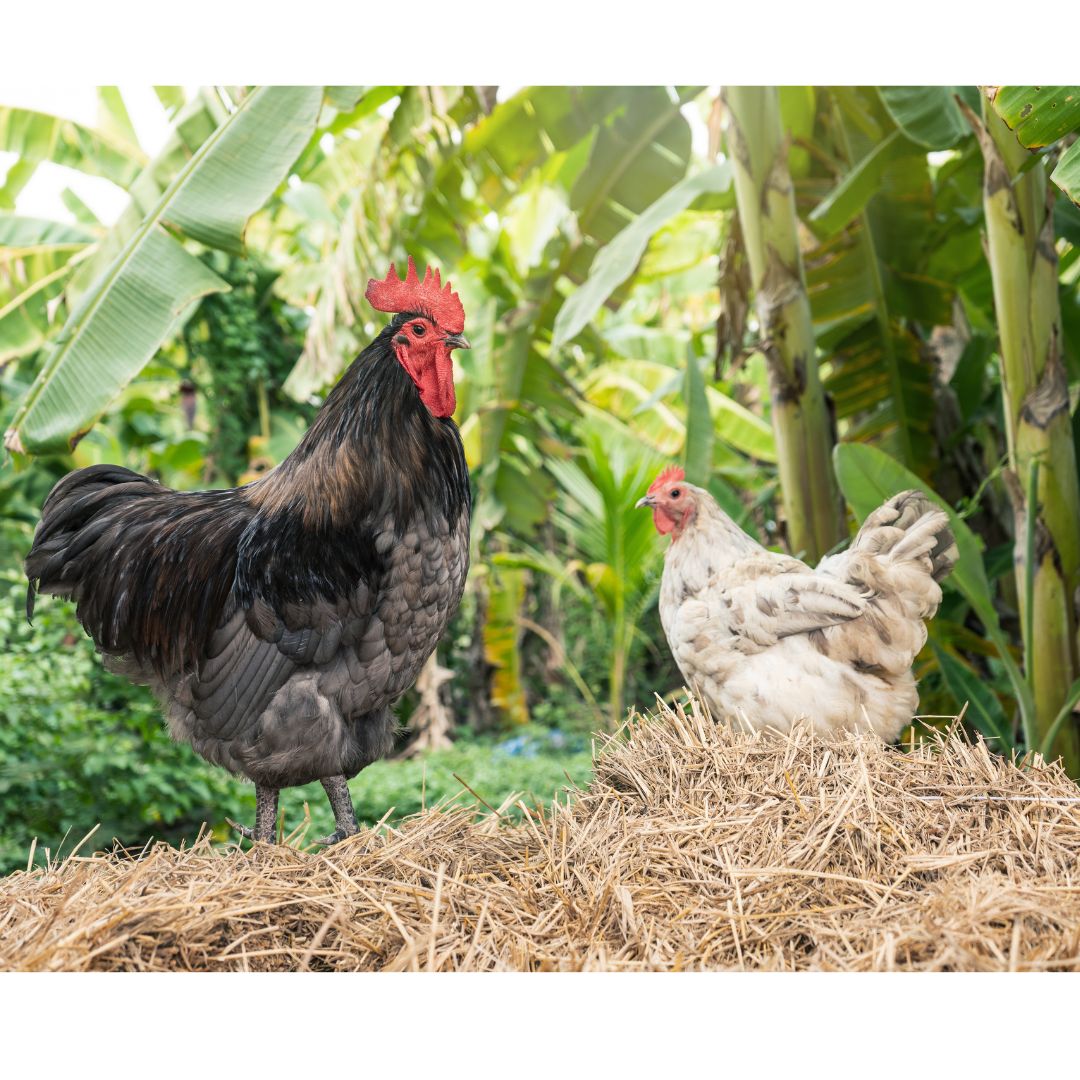
"Cluck cluck or cock-a-doodle-doo? How to tell a rooster from a hen? Whether you're an experienced poultry enthusiast or a curious beginner, understanding the subtle yet crucial differences between hens and roosters is an important skill for any chicken keeper. Here are the most common ways to tell a rooster from a hen:
1. Size and Build: One of the most apparent differences between roosters and hens lies in their size and overall build. Generally, roosters tend to be larger and more robust than hens. They have a more upright stance, with a larger and more prominent comb on top of their heads. Additionally, roosters have longer and more pronounced neck and tail feathers, while hens often appear more compact and streamlined.
2. Combs and Wattles: The comb and wattle are two key features that can help you tell a rooster from a hen. Roosters normally have larger and more colorful combs and wattles compared to hens. The comb is the fleshy crown on top of their head, and the wattles are the fleshy, dangly parts beneath the beak. In roosters, these tend to be more vibrant whereas hens have smaller combs and wattles.

3. Feathering: Careful observation of feather patterns can also provide essential clues in determining a chicken's gender. Roosters usually boast glossy and vibrant feathers, especially on their necks and tails. Their saddle feathers, which are found near the base of the tail, tend to be pointed and elongated. On the other hand, hens normally have softer, more subdued feathers, designed to provide better camouflage during nesting and caring for chicks.
4. Tail Feathers: The tail feathers are often the most striking visual cue to distinguish roosters from hens. A rooster's tail feathers are more dramatic and long, forming an impressive fan-like display. In contrast, hens' tails are generally shorter and rounded.
5. Behavior: Apart from physical characteristics, observing behavior can also be helpful in identifying the gender of a chicken. Roosters are known for their protective and territorial nature. They tend to be more assertive and may display dominance by strutting, fluffing their feathers, and crowing. Hens, on the other hand, are generally more docile and focused on nesting and foraging.
6. Crowing: The classic crow of a rooster is unmistakable. They usually crow throughout the day, but their most enthusiastic crowing occurs early in the morning as they greet the sunrise. Hens, as you might guess, do not crow. Although we've heard a tale or two...

7. Egg Laying: Of course, one of the most practical ways to determine a rooster from a hen is by their egg-laying behavior. Hens are the ones responsible for producing eggs, and as such, they'll be the egg-layers in the flock. Roosters, of course, do not lay eggs.
It's important to note that some chicken breeds may exhibit atypical characteristics, and new chicken keepers may find it hard to identify young roosters from hens. However, as they mature, these differences become more defined.
In conclusion, learning to identify roosters from hens adds a delightful layer of understanding to the world of poultry. Whether you're an experienced farmer or a backyard chicken enthusiast, these tips will help you appreciate and nurture your chicken flock better.

